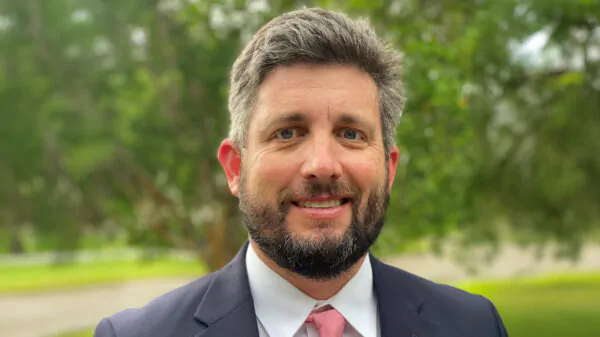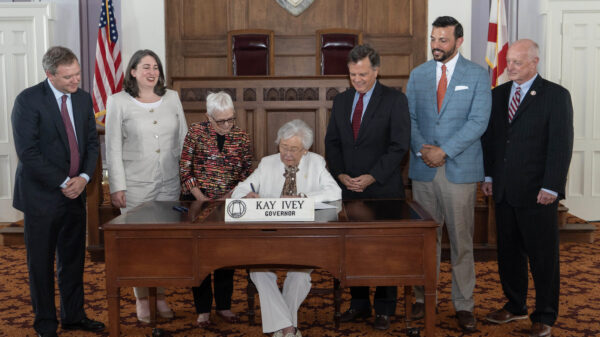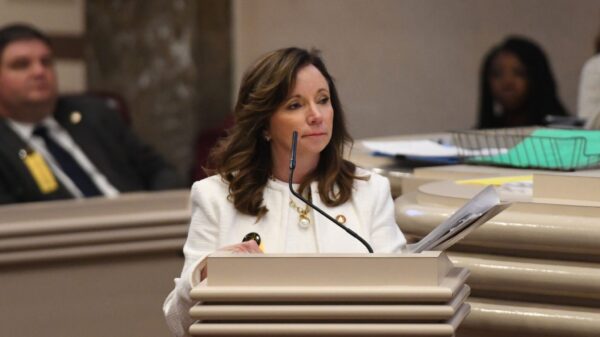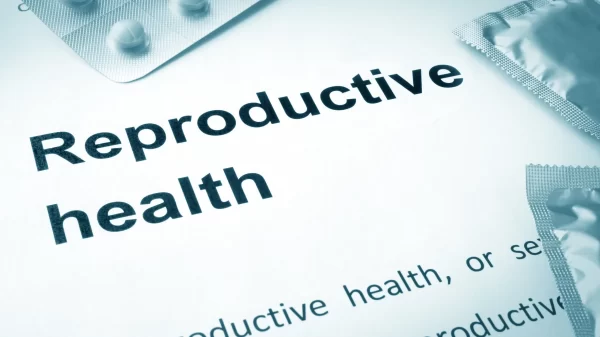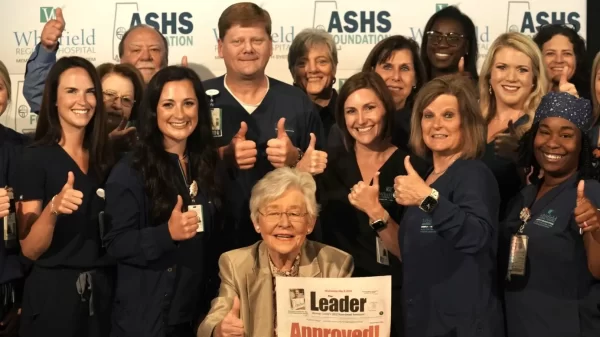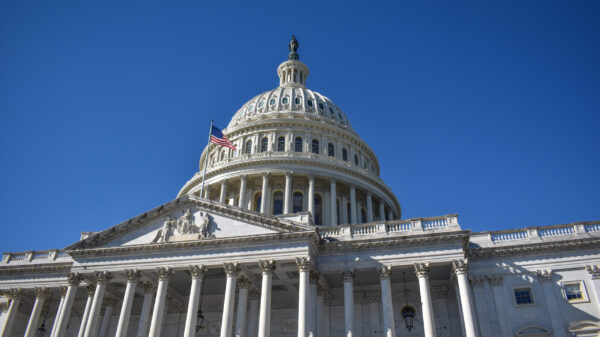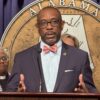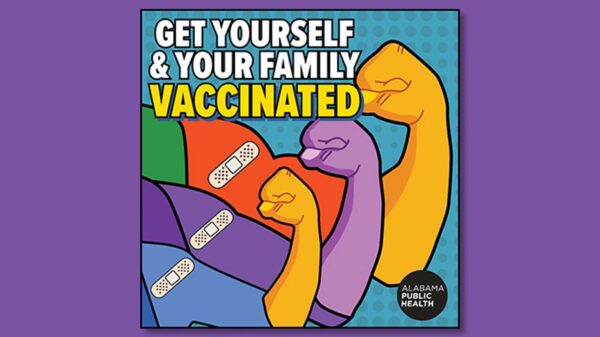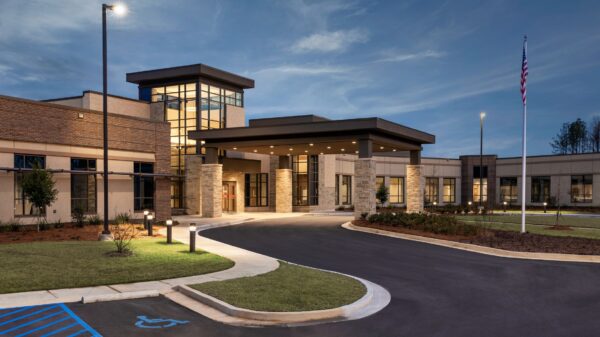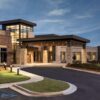As Alabama Gov. Kay Ivey is set to announce updates to her stay-at-home order Tuesday, the number of confirmed COVID-19 cases in the state has reached 6,539 with at least 118 new cases reported so far Monday.
Meanwhile, 25 public health experts surveyed by the Alabama Political Reporter say Alabama is not ready to fully or immediately lift the stay-at-home order.
Ivey has faced increasing pressure from conservative Republican lawmakers including Lt. Gov. Will Ainsworth, U.S. Rep. Mo Brooks, State Rep. Will Dismukes, who say the state needs to reopen immediately. Others, including U.S. Rep. Robert Aderholt, U.S. Rep. Terri Sewell and Sen. Doug Jones have said a reopening should be more gradual. Ivey’s stay-at-home order is set to expire on April 30.
It’s unclear whether the governor will extend the order, alter it, or lift it entirely. It’s also possible the governor will keep a version of the stay-at-home order in place while exempting more business activity.
Of the 27 public health and infectious disease experts at UAB and UAB Health, the University of Alabama Huntsville, and Auburn University who filled out a questionnaire from APR over the weekend, 25 said Alabama needs to keep its stay-at-home order in place until at least May 1.
{{CODE3}}
Combined, the experts surveyed have more than 400 years of experience in epidemiology, infectious diseases, nursing, public health, hospital administration and health policy.
Twenty of the 27 health professionals said Alabama needs to keep a stay-at-home order in place until at least May 19, the date suggested by the University of Washington’s Institute for Health Metrics and Evaluation. Three said they were not sure. Four disagreed, citing concerns about the economy.
{{CODE2}}
State Health Officer Scott Harris said Monday morning in an interview that the Alabama Department of Public Health and the governor’s office have spent the last week and into Monday discussing the future of the order, but a final decision had not been reached by Monday morning.
As Ivey prepares to announce the future of stay-at-home restrictions in Alabama, it’s not entirely clear — even to public health officials and infectious diseases experts — whether Alabama has met the gating criteria from the White House, namely a “downward trajectory” of COVID-19 cases over a 14 period. That’s because “downward trajectory” has not been clearly defined.
“They did not specify that,” said State Health Officer Scott Harris. “They left us all to figure that out on our own. You would think that math wouldn’t be subject to speculation, guesswork, but you know, is it has been because of the language they chose to use.”
Alabama saw its largest daily increase in new cases on April 9, when 339 new cases of the virus were reported. The number of new cases declined over the next two days before spiking up again to 321. Then down again for two days before hitting 288 on April 15. Alabama then went six days without a day reporting more than 250 cases. But on April 22, the number rose again to 283 before beginning another gradual decline.
{{CODE1}}
Whether that qualifies as a “downward trajectory” simply because the state hasn’t reached another peak of 300 cases per day is up for debate. But there has not been a consistent decline in new cases per day. Rather, it’s more like peaks and troughs along a line.
“Our numbers have been kind of fairly stable, to be honest with you,” Harris said. “We had one day a few days ago where we were almost at 300 again, and then we’ve had some that are around half that. And basically we are just bouncing on either side of this kind of fairly flat baseline. So I would say we’re kind of stable, at this point.”
We also asked those we surveyed whether Alabama has seen the curve of new infections flatten enough to safely reopen. A majority said no. Nineteen said the rate of new infections has not decreased enough to safely reopen. Another three said they were not sure. Five said the rate of new infections has declined enough to reopen.
{{CODE4}}
Harris said he agreed that there wasn’t a consensus on whether Alabama has met the White House’s gating criteria, but that things do seem to be improving. Alabama is not facing an immediate hospital bed, ventilator or ICU bed shortage. The experts surveyed by APR were divided on whether Alabama has the hospital bed capacity and resources to safely reopen, but a majority agreed that the state’s hospitals do have the capacity to safely reopen.
Because the state seems to have reached a plateau in new cases, that has left some room for reassessing some restrictions, Harris said.
“There’s a lot of ways that we’ve improved,” Harris said. “As far as the risk of opening back up, I think we’re going to get some idea about that as we see. Clearly we can’t stay shut down forever. I think everybody agrees that there needs to be a measured and extremely gradual approach to what we do.”
Such a “gradual” lifting of restrictions, Harris said, may mean an intermediate approach between where Alabama is now — with a full stay-at-home order — and the White House’s phase one reopening, which includes opening restaurants, theaters and other large venues with social-distancing requirements.
“We’ve left grocery stores open and that makes sense, but we’re not ready to have, you know, giant concerts inside of an auditorium right?” Harris said. “So there are different levels of response, and I think we just try to do it gradually and respond. And then if we have to dial back, we dial back. And if we are doing okay, we continue gradually easing restrictions.”
Ivey is expected to announce changes to her public health order Tuesday morning at a press conference.
“People certainly have to work and make a living and we just can’t stay shut down forever,” Harris said. “At the same time, the things that we do have to make sense, and they have to protect our most vulnerable people. … We’re just going to have to have to try to make the best decision we can with the information we have.”
Experts who have spoken with APR over the last several weeks — including the head of the Alabama Hospital Association, infectious diseases experts at UAB and others — have raised the concern that a second wave of infection is likely to emerge if stay-at-home restrictions are lifted too quickly and people do not adhere to social-distancing guidance when they go out.
“Hopefully we don’t lose our guard with this, because we are concerned that we may see a second wave,” said Dr. Rachel Lee, an epidemiologist at UAB. “We have to think through what is safe and what is careful for our family and our community.”
Social distancing, wearing masks in public and good hand hygiene are going to be with us for some time, Lee said.
“The thing that is important about this as we begin to try to understand how best to open things back up, so to speak, is we have to always come back to some key facts about the virus and one is that there’s very little immunity out there,” said Dr. Wesley Willeford, the medical director of diseases control at the Jefferson County Department of Health. “And then we’re still not even 100 percent scientifically sure if a person is indeed protected against reinfection.”
It’s likely that those who have recovered from the virus will have acquired immunity, based on previous experience with coronaviruses like SARS and MERS, but it has not been scientifically proven because the virus has been with us for such a short period of time. On top of that, no one is sure how long that immunity lasts.
“We have a very large population that essentially can be infected with the virus if a person inhales the virus through typical contacts,” Willeford said. “So it’s a very susceptible population of people. We may make it down very low but if we begin to increase the number of interactions that people have, we may see a resurgence in the virus.”
The experts surveyed widely agreed that Alabama has not expanded testing enough to safely reopen the state. Twenty-one of the 27 experts surveyed over the weekend said testing is not widely available enough to effectively contain new infections if restrictions are lifted too soon.
{{CODE5}}
In our interview Monday, Harris said the state is not yet at the point where it can begin testing widely those without symptoms.
[visual-link-preview encoded=”eyJ0eXBlIjoiaW50ZXJuYWwiLCJwb3N0Ijo4NzQzOCwicG9zdF9sYWJlbCI6IlBvc3QgODc0MzggLSBTdXBwbHkgc2hvcnRhZ2VzIHN0aWxsIGluaGliaXRpbmcgd2lkZXNwcmVhZCB0ZXN0aW5nIGluIEFsYWJhbWEiLCJ1cmwiOiIiLCJpbWFnZV9pZCI6ODc0MzksImltYWdlX3VybCI6Imh0dHBzOi8vd3d3LmFscmVwb3J0ZXIuY29tL3dwLWNvbnRlbnQvdXBsb2Fkcy8yMDIwLzA0L0Fkb2JlU3RvY2tfMzM1NTA0NTQyLXNjYWxlZC1lMTU4ODAxNDYwMjcyMC0xMDAweDYwMC5qcGVnIiwidGl0bGUiOiJTdXBwbHkgc2hvcnRhZ2VzIHN0aWxsIGluaGliaXRpbmcgd2lkZXNwcmVhZCB0ZXN0aW5nIGluIEFsYWJhbWEiLCJzdW1tYXJ5IjoiSG93IG11Y2ggaXMgQWxhYmFtYSB0ZXN0aW5nPyBXaGF0J3MgaW4gdGhlIHdheSBvZiBleHBhbmRpbmcgdGVzdGluZz8gV2hlbiB3aWxsIHdlIGJlIGFibGUgdG8gdGVzdCBhc3ltcHRvbWF0aWMgcGVvcGxlIGZvciB0aGUgdmlydXM/IiwidGVtcGxhdGUiOiJ1c2VfZGVmYXVsdF9mcm9tX3NldHRpbmdzIn0=”]
“It’s a slow process but we have seen improvement certainly from where we were even a few weeks ago,” Willeford said of testing. “But the question I have is, these are just the cases we know about, so what about all of the cases that we don’t know about?”
Several studies have shown that a large percentage of those who are infected have no symptoms or are able to spread the virus before they develop symptoms.
“I think that’s the hardest part is because if a person says they feel fine or they’re not really having any issues, and they don’t really have the alarm flags to say I need to be evaluated,” Willeford said. “I think that’s the part that we’re going to struggle with the most.”
In the interview Monday, Harris said the state would like to get to 50,000 tests per week, which would give the state the capacity it needs to begin testing asymptomatic and presymptomatic people.
Currently, though, he said Alabama is testing about a thousand people per day between the state’s lab and commercial labs that are reporting their tests. Tests are still being prioritized for those with symptoms severe enough that they need medical treatment, those who have had known exposure, people in long-term care facilities and health care workers. Shortages of needed supplies like reagents, test platforms and swabs have made expanding testing widely difficult.
Eighteen of the 27 said Alabama is not able to perform enough contact tracing to safely reopen. Harris said the state has moved staff from other divisions like tuberculosis and sexually transmitted diseases to focus on COVID-19 contact tracing, but in the future, the department will likely need a division solely dedicated to COVID-19 contact tracing. They’ve already begun recruiting medical students, public health students and others to volunteer to help with contact tracing.
“Long term, we’re going to need a lot more,” Harris said. “It would require more staff on our part. We would like to see if we can find an economic way that we can fully flesh out the numbers that are going to be needed.”
The experts, in comments on our survey, said if stay-at-home restrictions are lifted, it must be made clear that people cannot abandon social-distancing restrictions and good hygiene because the virus is not gone. As long as it remains, the risk of a resurgence remains.
“The virus has still not been eradicated and probably won’t be fully eradicated,” Willeford said. “Even as we begin to relax things, I hope that a lot of the behaviors that we’ve adopted during this time, people will continue to do — being diligent about washing your hands, keeping your distance from people, using non-touch greetings, really trying to do our best to prevent the possibility of spread.”










